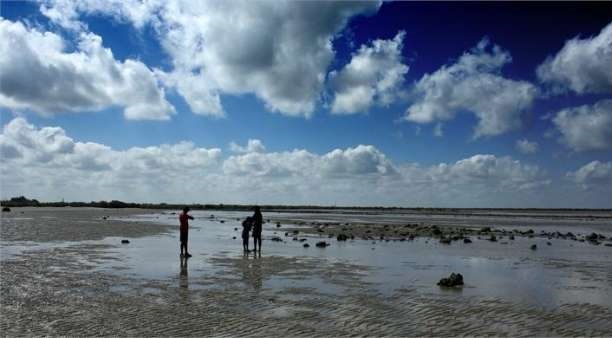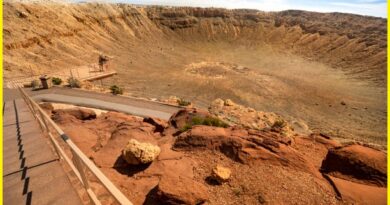Hamilton Pool Preserve-A Famous Sink Hole in Austin, Texas
Hamilton Pool Preserve is a popular destination located in the Texas Hill Country west of Austin. The place is world-famous for hiking and sightseeing. Hamilton Pool is a naturally created pool. It is formed when the dome of an underground river collapsed due to massive erosion million years ago. The pool is located about 37 km west of Austin, Texas off Highway 71. Hamilton Pool Preserve consists of 232 acres of protected natural habitat featuring a jade green pool into which a 15 m waterfall has existed.
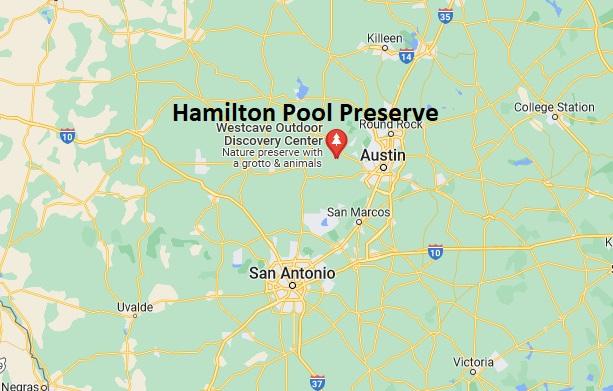
Hamilton Pool has been a popular summer swimming spot for Austin residents since 1960, but swimming is no longer allowed due to falling rocks and other signs of instability in the surrounding area. The pool is surrounded by large slabs of limestone and large stalactites that grow from the ceiling high above. Hamilton Pool Preserve is a beautiful place to spend a summer day. The pool has a variety of activities available for visitors, including hiking, biking, fishing, and swimming. There are also picnic areas and shelters where you can enjoy lunch or dinner.
Geology of Hamilton Pool Preserve
Hamilton Pool Preserve is a Sinkhole That forms in Limestone terrain. It is located at about 0.6 k. upstream from its confluence with the Pedernales River, Hamilton Creek spills out over limestone outcroppings to create a 15 m. waterfall as it plunges into the head of a steep box canyon. The waterfall never completely dries up and the pool’s water level stays constant, even during periods of drought.
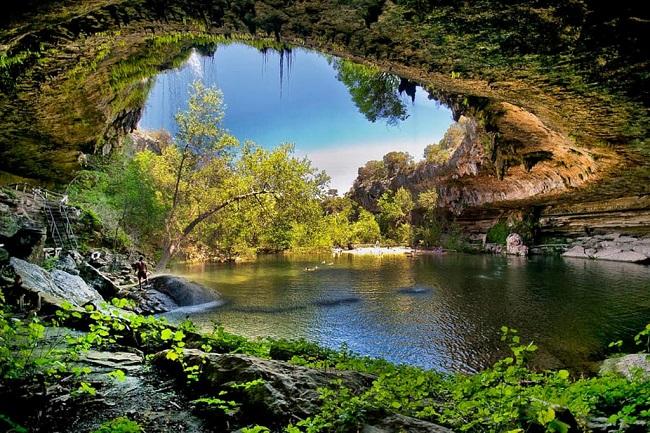
The diverse vegetation of Hamilton Pool ranges from semi-arid species in the uplands to riparian species in the canyon. The uplands area of the Pool preserve is a juniper and oak savannah with a variety of native grasses and wildflowers. Several rare plant species including canyon mock-orange, red bay, and chatterbox orchid are known to occur in the canyon areas along Hamilton Creek. Hamilton Pool Preserve is a part of the Balcones Canyonlands Preserve. The BCP is a 30,428-acre system of endangered species habitats owned by Travis County, the City of Austin.
Sinkhole in Austin
Sinkholes are a common occurrence in Austin, because of the limestone formation that is under this city. The city sits atop the Edwards aquifer, which is one of the most prolific artesian aquifers in the world. A sinkhole is a depression or hole in the ground caused by the collapse of the surface layer. They are caused by the chemical dissolution of limestone rocks and may vary in size from a few feet to several hundred feet both in diameter and depth. Sinkholes may be formed gradually or suddenly, and are found worldwide. Fortunately, the impact of the sinkhole formation is not so worse and is not a major threat to the population of Austin. There has not been a recorded incident in the Austin area of sinkhole collapse. It means Sinkholes in Austin Texas are not dangerous as in Florida. Sinkholes can cause structural damage and instability under buildings, roads and bridges. In Florida, many ancient happen when sinkholes swallowed a sleeping man in his bedroom. Hamilton Pool Preserve is also a Sinkhole that is nearly 40 kilometers from Austin.
Also read- Village atmosphere with unique Chalk formation-The Hunstanton Beach, England
Hamilton Pool Preserve Activities
Hamilton Pool Preserve is a beautiful, secluded place to spend a summer day. The preserve consists of two ponds, Hamilton and Mill Pond, and offers visitors a unique opportunity to explore nature up close. The Pool offers visitors a beautiful swimming area, as well as plenty of picnic spots and trails for hiking and biking. The pool itself is perfect for cooling off on hot days, and the surrounding landscape provides plenty of scenery to enjoy. The preserve is also home to several bird species, including bald eagles and ospreys. Visitors can enjoy peaceful walks or bike rides through the preserve’s natural areas, or take in a picnic lunch while sitting on one of the park’s many benches.
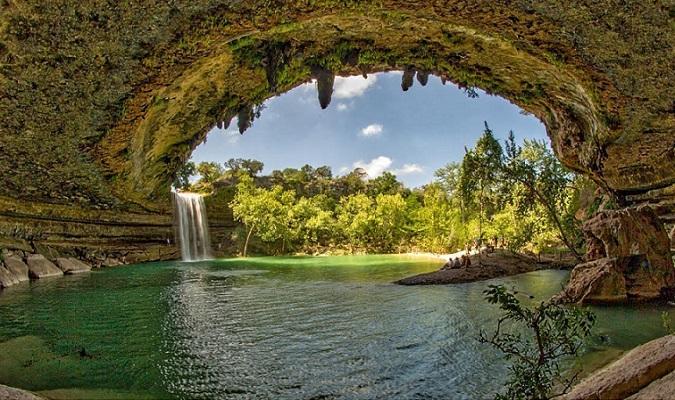
The Hiking Trail
Along with Barton Springs, Hamilton Pool has provided texas residents with a refreshing break for generations. While most residents know of the pool. The trail surface is packed with dirt and rock. Although the trail descends toward the river. The waypoint “Window Rock” marks a spot in which a hole in a jumble of boulders forms a tunnel that provides an interesting view of a small waterfall on the opposite side.
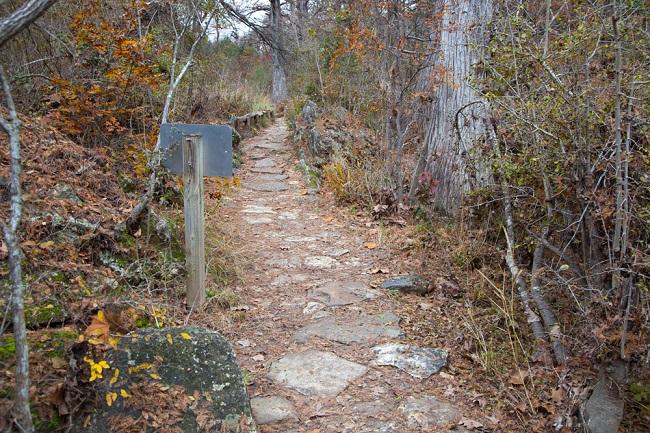
The hiking trail starts through the small cactus-lined meadow. After a hundred feet or so, elevation is drop. The descent can be a little rough but doesn’t require any hard scrambling. This section is a flat and simple hike. You can go left or right to traverse the rim of the pool. If you go right, you’ll head through the drainage area, up around the falls, and around the backside of the old sunken dome. Just before you leave the overhanging sinkhole, you’ll see a little fern and mossy section where water seeps out of the limestone. After that, you’re on the beach area, perfect for sunning, picnicking, and enjoying the view.
Home doctor medicine for every household-click here


